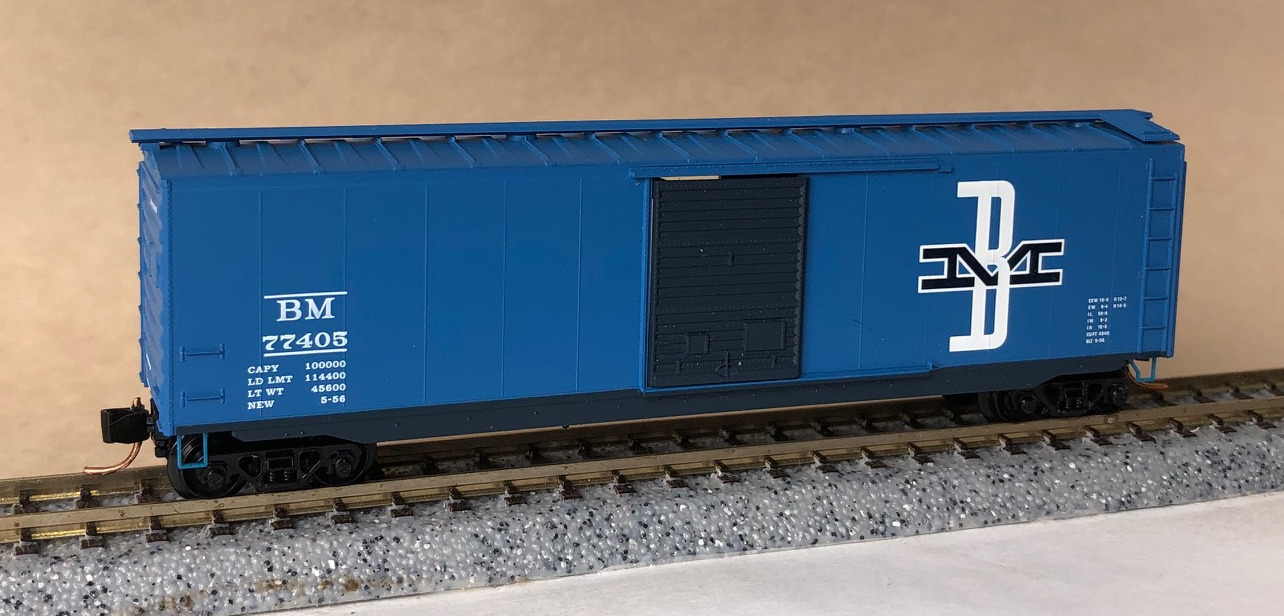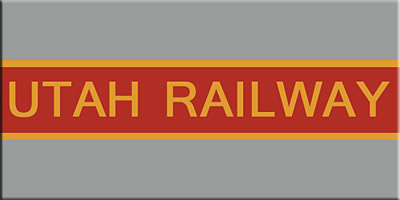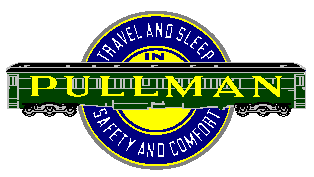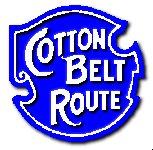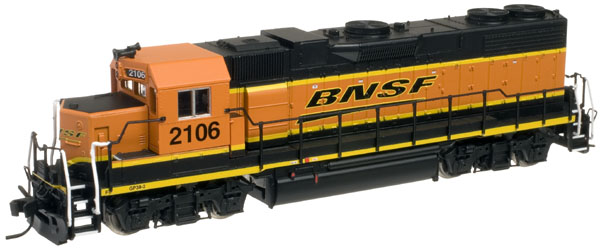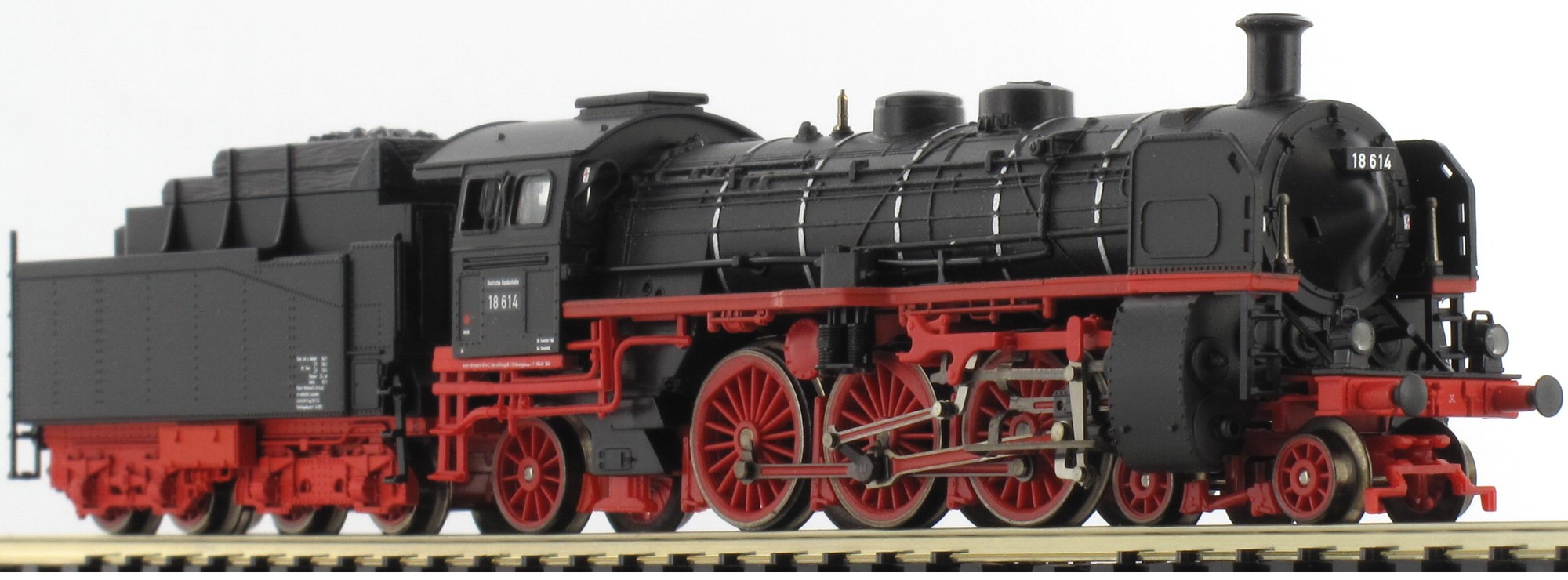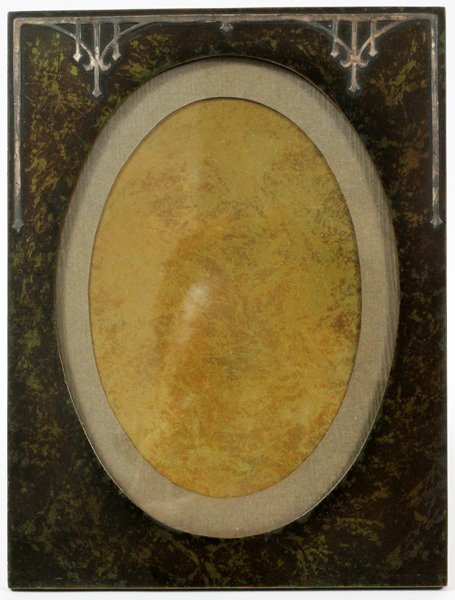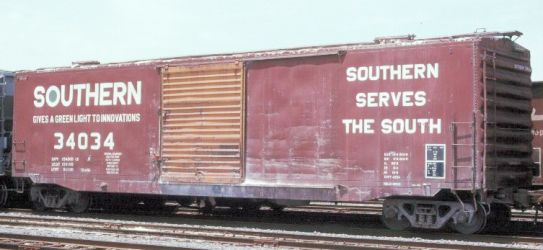Micro-Trains - NSE MTL 18-13 - Boxcar, 50 Foot, PS-1 - Utah Railway - 2018
| Commissioned By | N Scale Enthusiast |
| Production Type | Special Run |
| Stock Number | NSE MTL 18-13 |
| Brand | Micro-Trains |
| Manufacturer | Micro-Trains Line |
| Body Style | Micro-Trains 031 Boxcar Steel 50 Foot PS-1 |
| Prototype Vehicle | Boxcar, 50 Foot, PS-1 (Details) |
| Road or Company Name | Utah Railway (Details) |
| Road or Reporting Number | 2018 |
| Coupler Type | MT Magne-Matic Knuckle |
| Coupler Mount | Truck-Mount |
| Wheel Type | Injection Molded Plastic |
| Wheel Profile | Standard |
| Release Date | 2018-01-01 |
| Item Category | Rolling Stock (Freight) |
| Model Type | Boxcar |
| Model Subtype | 50 Foot |
| Model Variety | PS-1 |
| Prototype Region | North America |
| Prototype Era | NA Era III: Transition (1939 - 1957) |
| Scale | 1/160 |
| Track Gauge | N standard |
Model Information:
This model is based on the mid-1960s Pullman Standard 50 foot boxcar prototype. It has a roofwalk and a single sliding door. In 2019, Micro-trains tweaked this model. Newer releases have a lowered underframe and feature body-mount couplers.
Prototype History:
The Pullman Standard or PS-1 design was one of the most popular and was widely used by North American railroads. These boxcars were built beginning in 1947 and share the same basic design, with certain elements such as door size, door style or roof type varying among the different railroads and production years. When production of these cars ceased in 1963, over 100,000 had been produced.
The original PS-1 measured 40 foot in length, but Pullman Standard also offered 50′ and later 60′ boxcars – also with the PS-1 designation.
The original PS-1 measured 40 foot in length, but Pullman Standard also offered 50′ and later 60′ boxcars – also with the PS-1 designation.
Road Name History:
The Utah Railway was completed in 1914 to connect several coal mines south and west of Helper, Utah (on the Rio Grande mainline) with the outside world. The Utah branches connect with the Rio Grande at Utah Railway Junction, just northwest of Helper. The Utah then utilizes trackage rights on the Rio Grande northwest to Thistle. The remainder of the line between Thistle and Provo is on paired track with Rio Grande (later SP then UP.) Total mileage is 95.
In the steam era, the locomotive fleet consisted of a quartet of 2-8-0’s (likely for switching the mines), nine 2-10-2’s for road service, and a trio of 2-8-8-0’s which were probably used as helpers. All seem to have been of Union Pacific design.
The Utah Railway dieselized in 1952 with seven Alco RSD4’s and a bit later an RSD5. As traffic began to build in the modern era, they picked up three RSD15’s and an RSD12. In 1985, they began relying on leased power from Helm and later from MK.
The 1996 merger of Southern Pacific and Union Pacific changed things for the Utah. First, they were contracted by BNSF to handle their haulage trains over a portion of the “Central Corridor” as UP calls the old Rio Grande. Secondly, UP granted Utah trackage rights east from Utah Railway Junction all the way to Grande Junction, Colorado which linked the Utah Railway to several more large coal mines. At this point, Utah hired a number of new people and leased more than a dozen additional diesels for heavy road service. Now stretching from Grande Junction to Provo, Salt Lake City and Ogden, the Utah Railway operates 423 miles of track. In addition to coal, UTAH moves aggregate, brick, building materials, cement, chemicals and petroleum products.
In 1999, Utah purchased the Salt Lake City Southern, a 25 mile shortline in the area from its owner RailTex. Owned by a string of mining companies over the years, the Utah was sold in 2002 to the Genesee & Wyoming shortline group for $54 million. Today's collection of photos takes us from 1975 to 1988.
In the steam era, the locomotive fleet consisted of a quartet of 2-8-0’s (likely for switching the mines), nine 2-10-2’s for road service, and a trio of 2-8-8-0’s which were probably used as helpers. All seem to have been of Union Pacific design.
The Utah Railway dieselized in 1952 with seven Alco RSD4’s and a bit later an RSD5. As traffic began to build in the modern era, they picked up three RSD15’s and an RSD12. In 1985, they began relying on leased power from Helm and later from MK.
The 1996 merger of Southern Pacific and Union Pacific changed things for the Utah. First, they were contracted by BNSF to handle their haulage trains over a portion of the “Central Corridor” as UP calls the old Rio Grande. Secondly, UP granted Utah trackage rights east from Utah Railway Junction all the way to Grande Junction, Colorado which linked the Utah Railway to several more large coal mines. At this point, Utah hired a number of new people and leased more than a dozen additional diesels for heavy road service. Now stretching from Grande Junction to Provo, Salt Lake City and Ogden, the Utah Railway operates 423 miles of track. In addition to coal, UTAH moves aggregate, brick, building materials, cement, chemicals and petroleum products.
In 1999, Utah purchased the Salt Lake City Southern, a 25 mile shortline in the area from its owner RailTex. Owned by a string of mining companies over the years, the Utah was sold in 2002 to the Genesee & Wyoming shortline group for $54 million. Today's collection of photos takes us from 1975 to 1988.
Brand/Importer Information:
Micro-Trains is the brand name used by both Kadee Quality Products and Micro-Trains Line. For a history of the relationship between the brand and the two companies, please consult our Micro-Trains Collector's Guide.
Manufacturer Information:
 Micro-Trains Line split off from Kadee Quality Products in 1990. Kadee Quality Products originally got involved in N-Scale by producing a scaled-down version of their successful HO Magne-Matic knuckle coupler system. This coupler was superior to the ubiquitous 'Rapido' style coupler due to two primary factors: superior realistic appearance and the ability to automatically uncouple when stopped over a magnet embedded in a section of track. The success of these couplers in N-Scale quickly translated to the production of trucks, wheels and in 1972 a release of ready-to-run box cars.
Micro-Trains Line split off from Kadee Quality Products in 1990. Kadee Quality Products originally got involved in N-Scale by producing a scaled-down version of their successful HO Magne-Matic knuckle coupler system. This coupler was superior to the ubiquitous 'Rapido' style coupler due to two primary factors: superior realistic appearance and the ability to automatically uncouple when stopped over a magnet embedded in a section of track. The success of these couplers in N-Scale quickly translated to the production of trucks, wheels and in 1972 a release of ready-to-run box cars.
Micro-Trains Line Co. split off from Kadee in 1990 to form a completely independent company. For this reason, products from this company can appear with labels from both enterprises. Due to the nature of production idiosyncrasies and various random factors, the rolling stock from Micro-Trains can have all sorts of interesting variations in both their packaging as well as the products themselves. When acquiring an MTL product it is very important to understand these important production variations that can greatly enhance (or decrease) the value of your purchase.
Please consult our Micro-Trains Collector's Guide

Micro-Trains Line Co. split off from Kadee in 1990 to form a completely independent company. For this reason, products from this company can appear with labels from both enterprises. Due to the nature of production idiosyncrasies and various random factors, the rolling stock from Micro-Trains can have all sorts of interesting variations in both their packaging as well as the products themselves. When acquiring an MTL product it is very important to understand these important production variations that can greatly enhance (or decrease) the value of your purchase.
Please consult our Micro-Trains Collector's Guide
Commissioner Information:
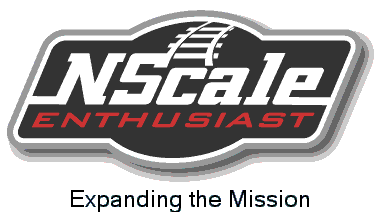 The N Scale Enthusiast Society (previously known as The N Scale Collector until 2011) was established by Wick Brandon, as a sole proprietorship and was a stand alone company until Wick passed away in 2000. The company has been owned by Micro Trains Line since then.
The N Scale Enthusiast Society (previously known as The N Scale Collector until 2011) was established by Wick Brandon, as a sole proprietorship and was a stand alone company until Wick passed away in 2000. The company has been owned by Micro Trains Line since then.
Wick was the founder of TexNRails and he established NSE right after he sold the pioneering N Scale retailer to the Herz family, and the store moved to Florida. Wick and Lea moved their family from Texas to Bakersfield California, and the entire operation was run from his home in Bakersfield. George Johnsen, the current Chairman, came on board as Associate Editor starting with the third issue of the magazine, and the growth of the organization hasn’t stopped. Wick and George did the first convention in Medford in 1993, and added staff and advisors as the organization grew. Wick held the first auction for the NSE in 1995.
The NSE mission statement reads: “This organization is dedicated to the preservation of the history of N Scale Model Railroading, and the railroads they represent.”
They do:
- Special Run Cars
- Regular Auctions of "collectable" Cars
- Annual Conventions
- Bi-Monthly Magazine
Wick was the founder of TexNRails and he established NSE right after he sold the pioneering N Scale retailer to the Herz family, and the store moved to Florida. Wick and Lea moved their family from Texas to Bakersfield California, and the entire operation was run from his home in Bakersfield. George Johnsen, the current Chairman, came on board as Associate Editor starting with the third issue of the magazine, and the growth of the organization hasn’t stopped. Wick and George did the first convention in Medford in 1993, and added staff and advisors as the organization grew. Wick held the first auction for the NSE in 1995.
The NSE mission statement reads: “This organization is dedicated to the preservation of the history of N Scale Model Railroading, and the railroads they represent.”
They do:
- Special Run Cars
- Regular Auctions of "collectable" Cars
- Annual Conventions
- Bi-Monthly Magazine
Item created by: gdm
on 2019-11-04 16:45:35
Last edited by: gdm on 2020-06-05 11:45:30
If you see errors or missing data in this entry, please feel free to log in and edit it. Anyone with a Gmail account can log in instantly.
Last edited by: gdm on 2020-06-05 11:45:30
If you see errors or missing data in this entry, please feel free to log in and edit it. Anyone with a Gmail account can log in instantly.


